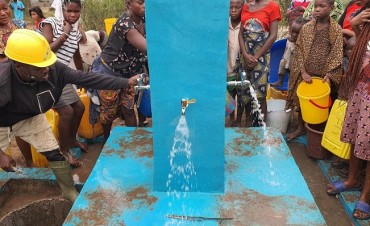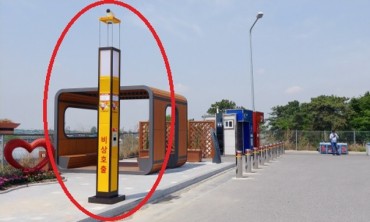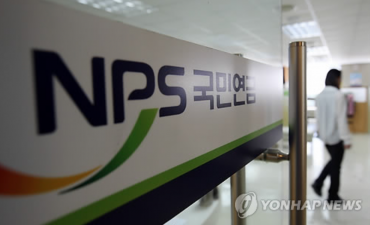
The move is aimed at generating indoor spatial information, which has grown to become equally as important as outdoor mapping with large scale buildings and underground facilities, and allow for near real-time updates of various locations at such establishments at the lowest cost possible. (image: KobizMedia/ Korea Bizwire)
SEOUL, Dec. 19 (Korea Bizwire) – The South Korean government announced Sunday that it will invest 15 billion won ($12.65 million) to develop technology that can help to quickly and efficiently realize indoor maps, by 2021.
According to the Ministry of Land, Infrastructure and Transport, the move is aimed at generating indoor spatial information, which has grown to become equally as important as outdoor mapping with large scale buildings and underground facilities, and allow for near real-time updates of various locations at such establishments at the lowest cost possible.
Such technology is not uncommon around the world.
The market for indoor spatial information is expected to grow by 370 percent from its 2014 level to reach $4.42 billion by 2019, with tech giants like Google and Apple partaking in similar projects. Japan, for instance, is in the middle of mapping indoor facilities including airports and department stores in Tokyo, to better facilitate navigation for tourists ahead of the 2020 Summer Olympics.
Services providing indoor maps are not new to Korea either. Naver has already launched an indoor map service, which now covers some 320 transport and commercial establishments across the country.
However, establishing indoor spatial information requires a significant amount of time and money.
Each LiDAR device, which is often used for highly precise (at millimeter level) mapping of indoor spatial information, costs at least 30 million won. In addition to other expenses including software and personnel costs that still lack standardized prices, the total overhead can fluctuate by huge amounts.
As such, the key focus of the MOLIT project is efficiency and budget-friendliness.
The ministry plans to develop technology that allows the realization of mapping indoor infrastructure at half the conventional costs using blueprints or BIM (building information modeling) data, and by accepting lower levels of precision using cheaper equipment.
“With the technology at hand, it costs almost as much to update existing indoor information as it would the first time,” said a ministry official. “Our goal is to help facilities maintain up-to-date information, even if precision suffers a bit.”
By Kevin Lee (kevinlee@koreabizwire.com)






